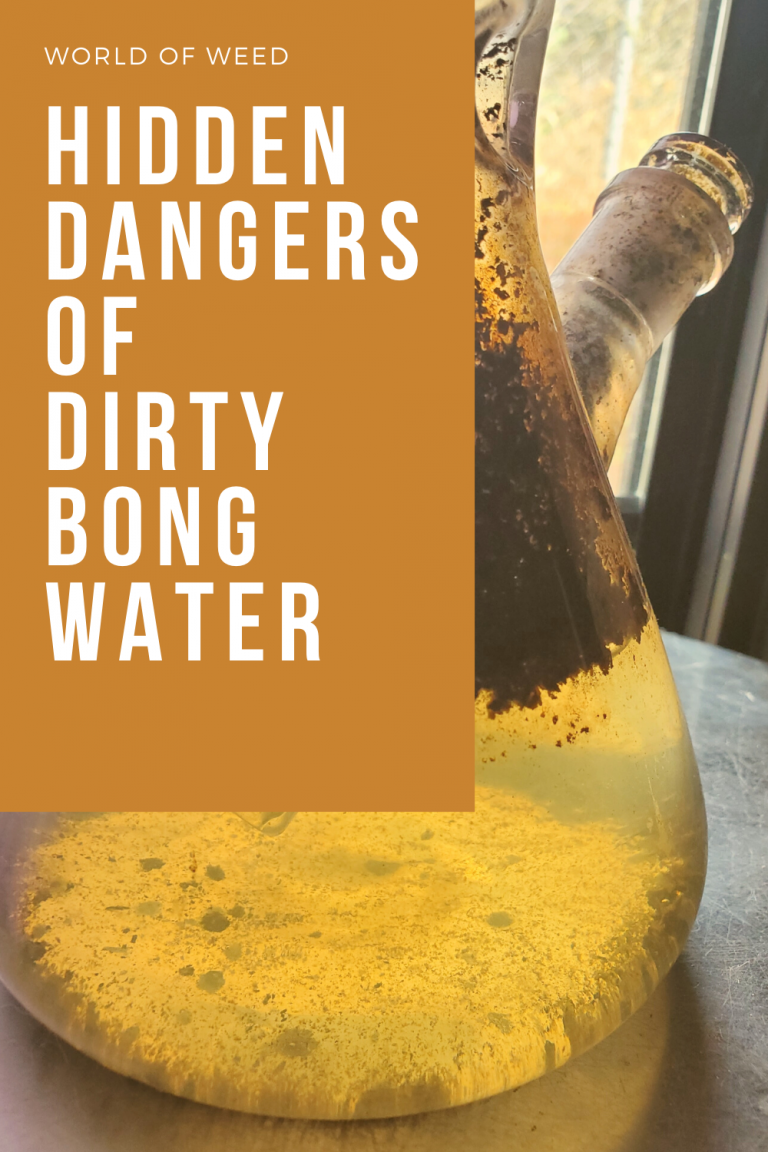

Over time, sheetrock wicks up moisture from a slow leak, and that can cause the wall to develop bends and curves. When you see wallpaper separating along seams or paint bubbling or flaking off the wall, blame sheetrock that stays wet because of an undetected leak. This clue is easy to miss in rooms that don’t get much use. A growing stain on otherwise clean sheetrock is often your sign of a hidden plumbing problem. When mold thrives around a leaky pipe, it sometimes takes hold on the inside surface of the affected wall. Power Tip: Any patches of mold larger than a few square feet should always be taken care of by a restoration company that provides certified mold removal and remediation. If you spot the stuff on walls or baseboards in other rooms of the house, it’s a good indicator of undetected water leaks. Mold usually grows in wet areas like kitchens, baths and laundry rooms. Power Tip: Structural materials can retain water like a sponge, so peculiar smells may be your only sign of leaks behind the walls. It generates a musty smell that can help you find hidden leaks.

Persistent Musty OdorsĪs water slowly drips from a leaky pipe inside the wall, flooring and sheetrock stay damp and develop an odor similar to wet cardboard.
The main dangers of hidden water damage how to#
If you know how to detect water leakage in walls, you can minimize potentially serious damage.īe on the lookout for these 12 signs of water leaks behind your drywall.

When a slow leak starts inside your home’s walls, it doesn’t attract attention, but it does leave solid clues. You quickly identify the source, pinpoint the problem and take care of repairs. When a frozen pipe bursts or a drain backs up, you know something’s wrong right away. 12 Warning Signs of Water Leakage Behind the Wall When you know what to look for, it’s easier to spot a hidden water leakage problem and fix the problem. Through our water removal services here in Chicago, we see so many homeowner headaches caused by water leaks inside walls. A slow water leak hidden inside the walls of your home creates a damp environment that breeds mold and rots wood.Īs well as you stay ahead of repairs around the house, do you know how to detect water leakage in walls? Left undetected, it can cause serious damage to sheetrock and even affect floors and ceilings.


 0 kommentar(er)
0 kommentar(er)
